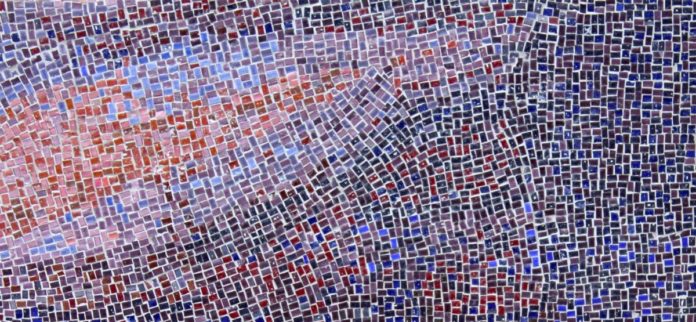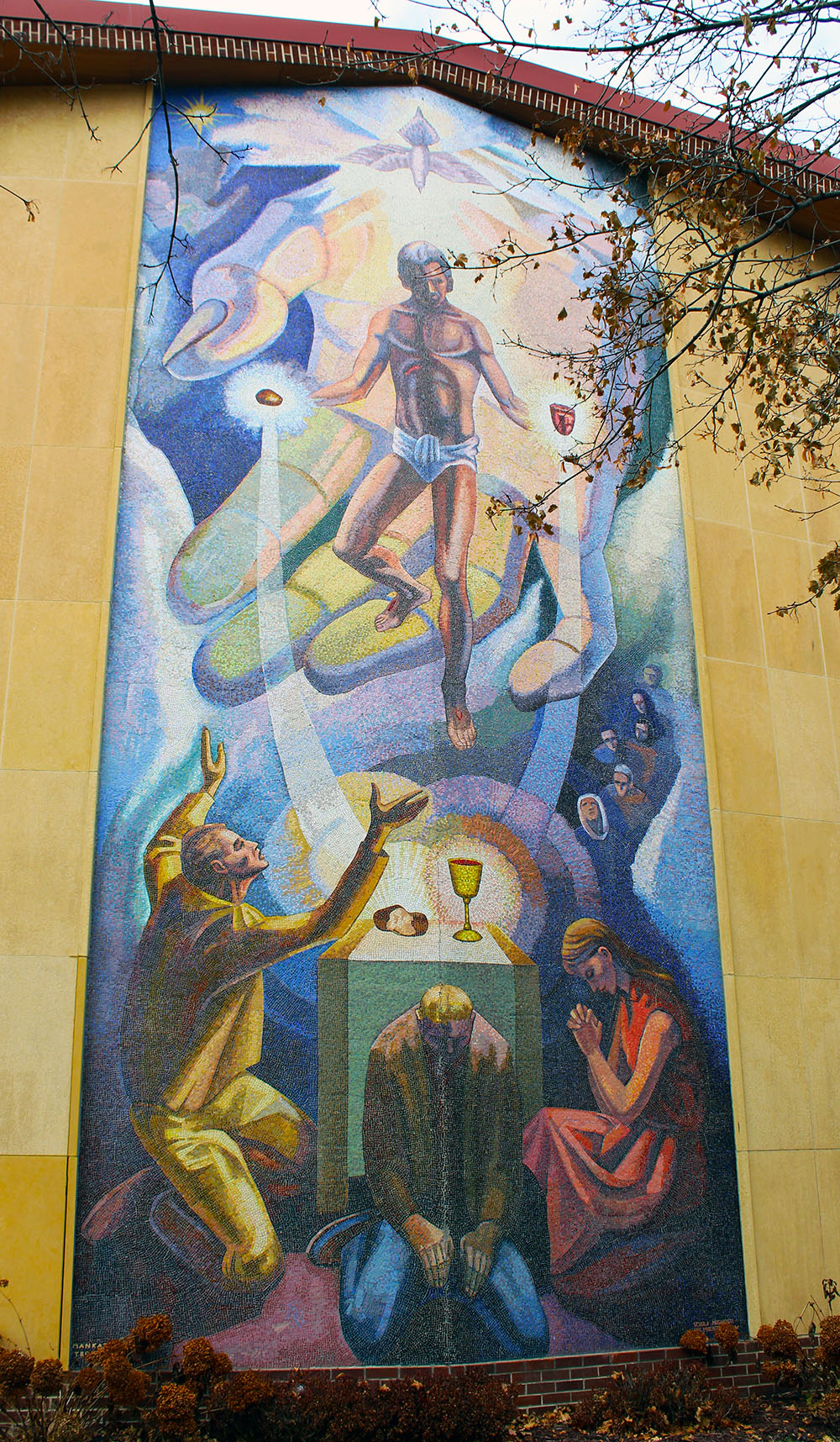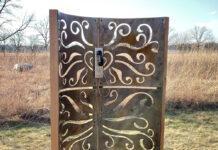
It’s likely that even the most observant Mankato drivers have missed one of the earliest and most colorful pieces of artwork in downtown.
On the corner of 4th and Main, on the 4th Street side of Grace Lutheran Church which has been on this location for 132 years, anyone taking the time to look will find a large mosaic entitled, “Grace,” which was installed in 1967.
Because of its location at a busy downtown intersection, there is little opportunity to observe the mosaic unless you’re southbound and waiting for the stoplight to change at Main Street. Before Fourth and Broad Streets were converted back to two-way traffic, with Fourth Street northbound, a long inspection of the mosaic was even more difficult.

According to a description on the CityArtMankato.com web site, the mosaic was made by Scuola Mosaicisti del Friuli (Fruili School of Mosaic) in Spilimbergo, Italy. The school’s web site says, “It is a sui generis school precisely because it imports students from all over the world… and exports works of art in the most significant places, from New York to Beijing, from Tokyo to San Antonio.” And, apparently, Mankato, Minnesota.

It is likely that the mosaic was a part of the new church building constructed on the site of the original Swedish Lutheran Church, as it was called until 1925. The 1966 church cost $460,000. Regular services were held at Wilson Campus School, now Minnesota State Mankato’s Wiecking Center, during construction.
The name change was made to avoid confusion with another congregation in town, German Emmanuel Lutheran Church. The dedication services for the original church, also at the corner of Fourth and Main streets, took place in May 1890 and included the laying of a cornerstone and some songs by the church choir. That choir included several faculty members from Gustavus Adolphus College in St. Peter.
Believing it to be most suitable I chose to use as my theme the scriptural concept of grace, ‘Being justified freely by His grace through the redemption that is in Christ Jesus’–Romans 3:24.Donald Gregory
The painting for the mosaic design was created by Donald Gregory, who was on the Art faculty at Gustavus Adolphus from 1946-79, according to information about him on the CityArtMankato.com web site. Gregory also created the Baptismal Font in Christ Chapel, the Gustavus sign at the top of College Avenue (1959), and the sculpture on the front of the Alfred Nobel Hall of Science.
From CityArtMankato.com, “Mr. Gregory wrote this description:”
Believing it to be most suitable I chose to use as my theme the scriptural concept of grace, ‘Being justified freely by His grace through the redemption that is in Christ Jesus’–Romans 3:24.
In order to symbolize in concrete terms the intangible, abstract concept of grace, I selected as my device the Sacrament of the Altar, ‘The visible form of invisible grace.’ Grace, the inexhaustible, limitless, forgiveness of God, is represented by the great hand offering the ultimate sacrifice–Christ to the world, a hand open to giving and forgiving.
The figures about the altar represent people in varying states of what is called ‘The Human Condition’ – people between doubt and faith, between hope and despair. From out of the distance come people, through their trials, seeking the answers that God places before them, without denial, upon the altar.
Today, the mosaic can be viewed year-round through mature trees from the sidewalk along North Fourth Street. Its detailed construction is best viewed on foot.
Author’s Note: Additional information about Grace Lutheran Church was gained from Mankato Free Press articles of May 15, 1890, May 19, 1966, and June 10, 2012.
~~~
ARTchitecture is a regular feature by Mike Lagerquist. Mike highlights Mankato Area public artwork that has become part of the landscape as well as spotlighting architecturally significant local buildings — both existing and no longer standing. Suggestions are welcome. Use the MankatoLIFE contact form to send your ideas.



